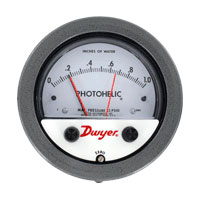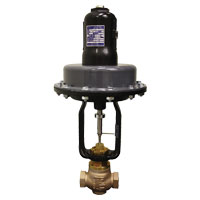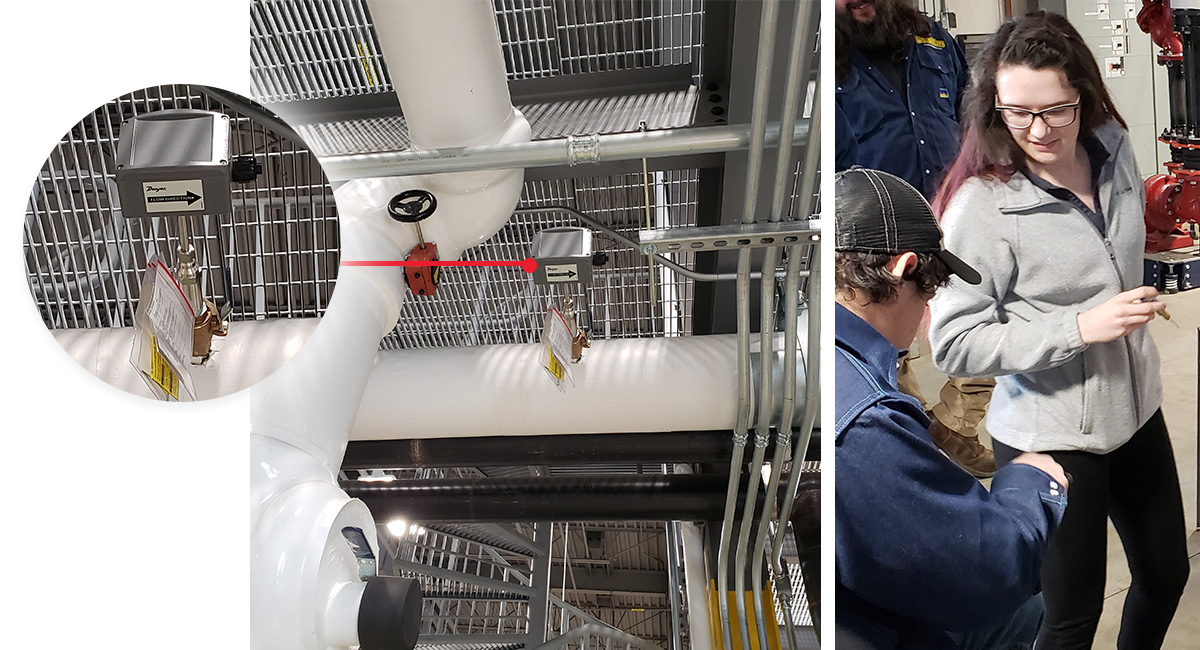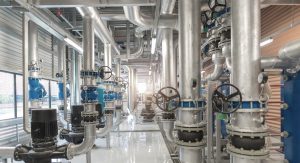 There are several reasons why a 38R is a great choice in your heating or cooling applications, with the most obvious being that there is no power required. The 38R temperature regulator is a fully self-contained unit, requiring no external power source. This could mean substantial savings over the operation of other types of valves.
There are several reasons why a 38R is a great choice in your heating or cooling applications, with the most obvious being that there is no power required. The 38R temperature regulator is a fully self-contained unit, requiring no external power source. This could mean substantial savings over the operation of other types of valves.
Regulation takes place when the sensing bulb is exposed to changes in temperature. The thermal system is charged with a predetermined amount of vapor fill, which, when heated, will cause a bellows within the unit’s actuator housing to expand. As the bellows expands, it compresses a return spring while simultaneously moving the valve stem downward to stroke the valve.
When the process temperature decreases or in the event of thermal system failure, the return spring will move the valve stem upward to the “out” position. Continue reading “Why Choose a 38R Self-Acting Control Valve?”

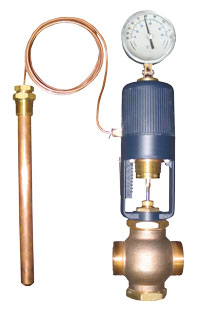
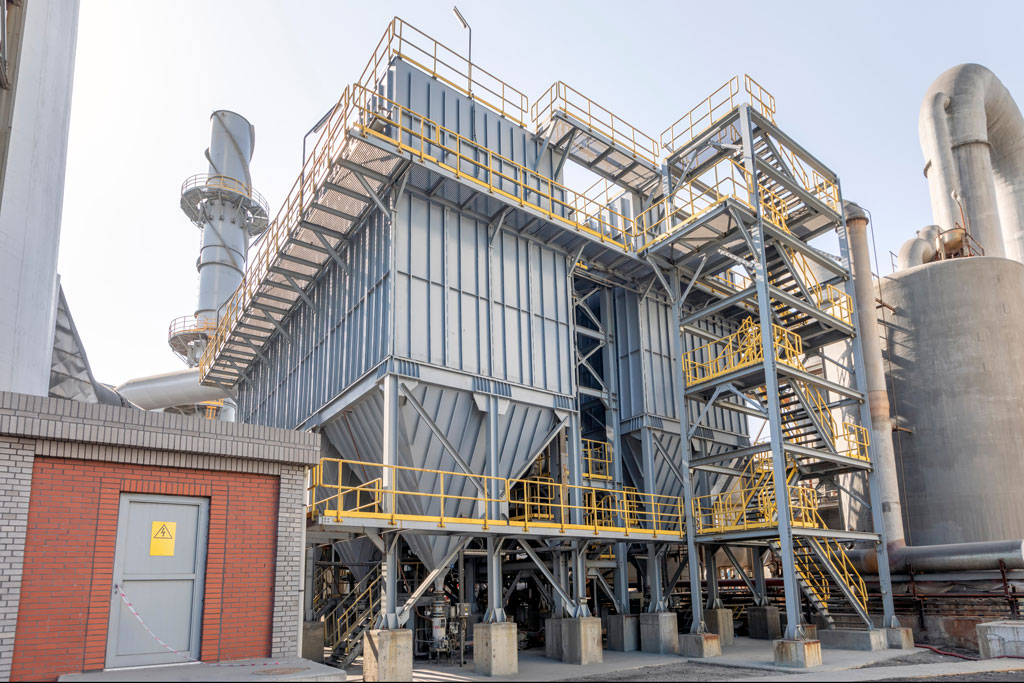
 As industries such as building automation and water/wastewater become more energy-efficient, powder and bulk is also increasing energy efficiency using pressure transmitters and variable frequency drives. Pressure transmitter demand is also growing due to more stringent regulations in hazardous environments, where remote control and specialty housings must be available.
As industries such as building automation and water/wastewater become more energy-efficient, powder and bulk is also increasing energy efficiency using pressure transmitters and variable frequency drives. Pressure transmitter demand is also growing due to more stringent regulations in hazardous environments, where remote control and specialty housings must be available.